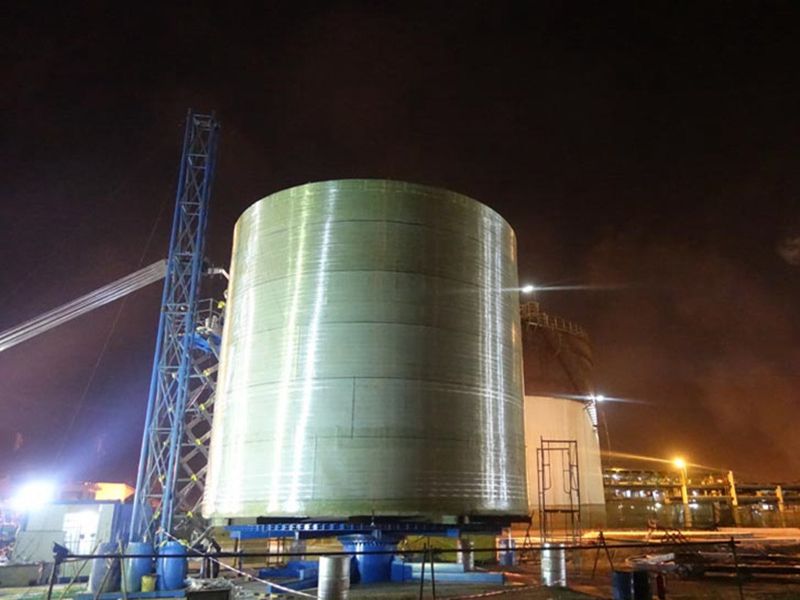
-
 Afrikaans
Afrikaans -
 Albanian
Albanian -
 Amharic
Amharic -
 Arabic
Arabic -
 Armenian
Armenian -
 Azerbaijani
Azerbaijani -
 Basque
Basque -
 Belarusian
Belarusian -
 Bengali
Bengali -
 Bosnian
Bosnian -
 Bulgarian
Bulgarian -
 Catalan
Catalan -
 Cebuano
Cebuano -
 China
China -
 China (Taiwan)
China (Taiwan) -
 Corsican
Corsican -
 Croatian
Croatian -
 Czech
Czech -
 Danish
Danish -
 Dutch
Dutch -
 English
English -
 Esperanto
Esperanto -
 Estonian
Estonian -
 Finnish
Finnish -
 French
French -
 Frisian
Frisian -
 Galician
Galician -
 Georgian
Georgian -
 German
German -
 Greek
Greek -
 Gujarati
Gujarati -
 Haitian Creole
Haitian Creole -
 hausa
hausa -
 hawaiian
hawaiian -
 Hebrew
Hebrew -
 Hindi
Hindi -
 Miao
Miao -
 Hungarian
Hungarian -
 Icelandic
Icelandic -
 igbo
igbo -
 Indonesian
Indonesian -
 irish
irish -
 Italian
Italian -
 Japanese
Japanese -
 Javanese
Javanese -
 Kannada
Kannada -
 kazakh
kazakh -
 Khmer
Khmer -
 Rwandese
Rwandese -
 Korean
Korean -
 Kurdish
Kurdish -
 Kyrgyz
Kyrgyz -
 Lao
Lao -
 Latin
Latin -
 Latvian
Latvian -
 Lithuanian
Lithuanian -
 Luxembourgish
Luxembourgish -
 Macedonian
Macedonian -
 Malgashi
Malgashi -
 Malay
Malay -
 Malayalam
Malayalam -
 Maltese
Maltese -
 Maori
Maori -
 Marathi
Marathi -
 Mongolian
Mongolian -
 Myanmar
Myanmar -
 Nepali
Nepali -
 Norwegian
Norwegian -
 Norwegian
Norwegian -
 Occitan
Occitan -
 Pashto
Pashto -
 Persian
Persian -
 Polish
Polish -
 Portuguese
Portuguese -
 Punjabi
Punjabi -
 Romanian
Romanian -
 Russian
Russian -
 Samoan
Samoan -
 Scottish Gaelic
Scottish Gaelic -
 Serbian
Serbian -
 Sesotho
Sesotho -
 Shona
Shona -
 Sindhi
Sindhi -
 Sinhala
Sinhala -
 Slovak
Slovak -
 Slovenian
Slovenian -
 Somali
Somali -
 Spanish
Spanish -
 Sundanese
Sundanese -
 Swahili
Swahili -
 Swedish
Swedish -
 Tagalog
Tagalog -
 Tajik
Tajik -
 Tamil
Tamil -
 Tatar
Tatar -
 Telugu
Telugu -
 Thai
Thai -
 Turkish
Turkish -
 Turkmen
Turkmen -
 Ukrainian
Ukrainian -
 Urdu
Urdu -
 Uighur
Uighur -
 Uzbek
Uzbek -
 Vietnamese
Vietnamese -
 Welsh
Welsh -
 Bantu
Bantu -
 Yiddish
Yiddish -
 Yoruba
Yoruba -
 Zulu
Zulu
the importance of frp launder in modern water treatment
The Importance of FRP Launder in Modern Water Treatment
In the realm of water treatment, the demand for effective and efficient systems is paramount due to the increasing need for clean and safe water for human consumption and environmental sustainability. One of the critical components that has emerged in modern water treatment is the Fiberglass Reinforced Plastic (FRP) launder. This innovative material plays a pivotal role in optimizing the water treatment process, contributing to both operational efficiency and the overall effectiveness of water purification practices.
FRP launder systems are essential in various stages of water treatment, especially in sedimentation and clarification processes. The launder collects treated water from sedimentation tanks and directs it to the filtration processes. The use of FRP in this context offers a number of advantages that enhance water treatment operations. Firstly, FRP is known for its corrosion resistance, especially when exposed to harsh chemical environments typical in water treatment facilities. Unlike traditional materials such as steel or concrete, FRP does not corrode, ensuring the longevity of the infrastructure and reducing maintenance costs.
Another significant benefit of FRP launders is their lightweight nature. The reduced weight of FRP allows for easier installation and transportation, minimizing labor costs and implementation time. Less heavy equipment is required for installation, which can often lead to quicker project turnaround times. This efficiency is crucial in maintaining the pace needed to fulfill the growing demand for clean water while adhering to tight project budgets and deadlines.
the importance of frp launder in modern water treatment

Moreover, the design flexibility offered by FRP materials enables water treatment facilities to customize their launder systems according to specific operational needs. FRP can be molded into various shapes and sizes, allowing for tailored solutions that optimize the flow of water and improve sedimentation rates. By customizing launders to fit particular designs, water treatment facilities can enhance their operational efficiency and ensure that water flows through the system in a manner conducive to effective treatment.
Another noteworthy aspect of FRP launders is their smooth surface which minimizes biofilm growth and provides optimal hydraulic performance. This characteristic is vital in preventing blockages and ensuring that the treated water is free from contaminants. The smooth surface reduces the frictional resistance of the water flow, allowing for better water movement and distribution, which enhances the overall treatment process.
Furthermore, the environmental benefits of using FRP launders cannot be overlooked. Since they are durable and long-lasting, their use contributes to sustainable practices within the water treatment sector. By reducing the need for frequent replacements and repairs that are often associated with traditional materials, FRP launders help in minimizing waste and the overall carbon footprint of water treatment facilities.
In conclusion, the significance of FRP launders in modern water treatment extends beyond mere structural functionality. Their resistance to corrosion, lightweight properties, design flexibility, smooth surfaces, and sustainability aspects all contribute to more effective and efficient water treatment processes. As the world faces increasing challenges related to water scarcity and contamination, the incorporation of advanced materials like FRP is critical in ensuring our water treatment systems can continue to meet these challenges head-on. The adoption of FRP technology marks a significant step towards enhancing water quality, protecting public health, and fostering environmental stewardship in water management practices.









